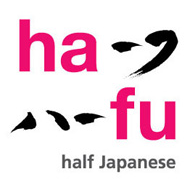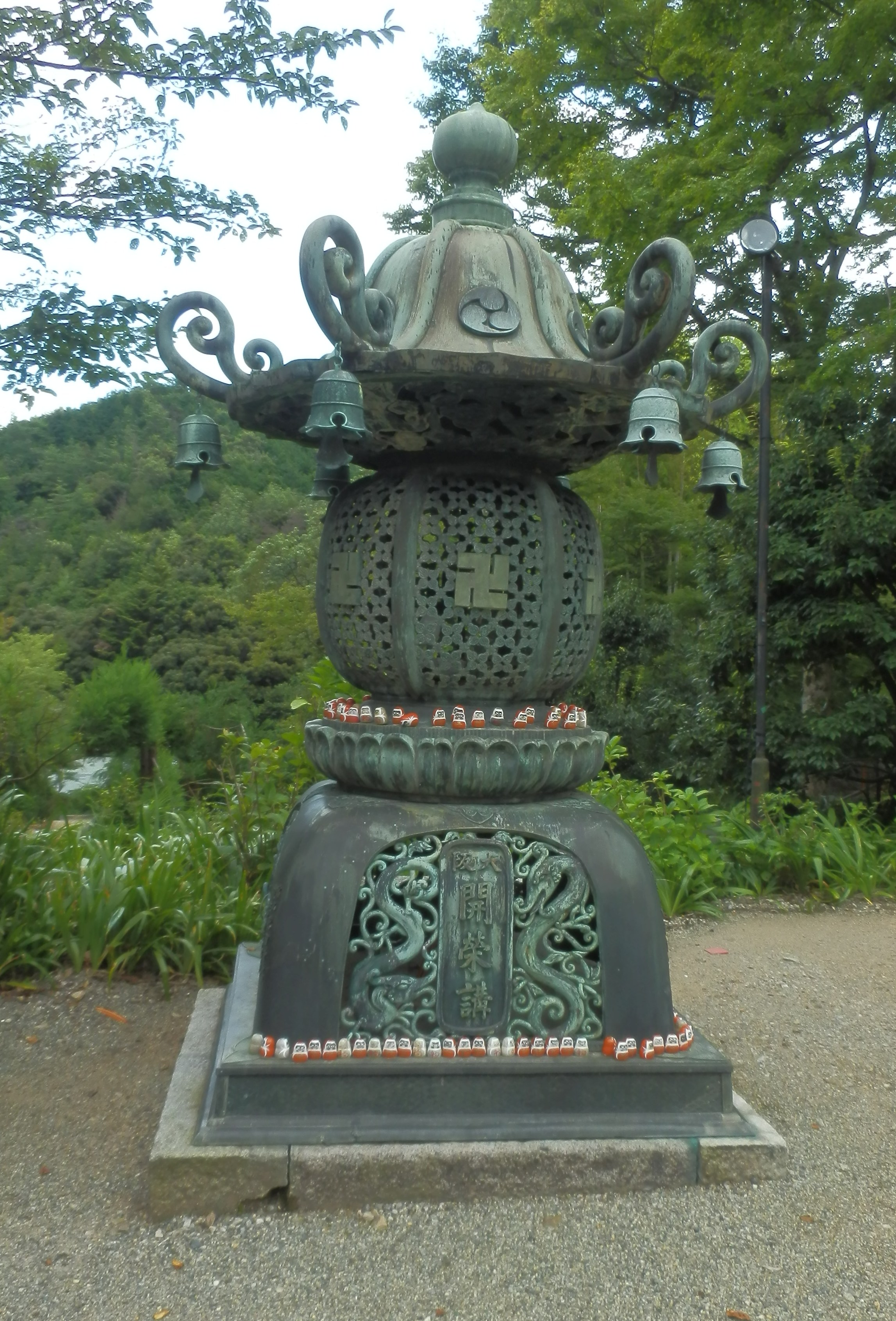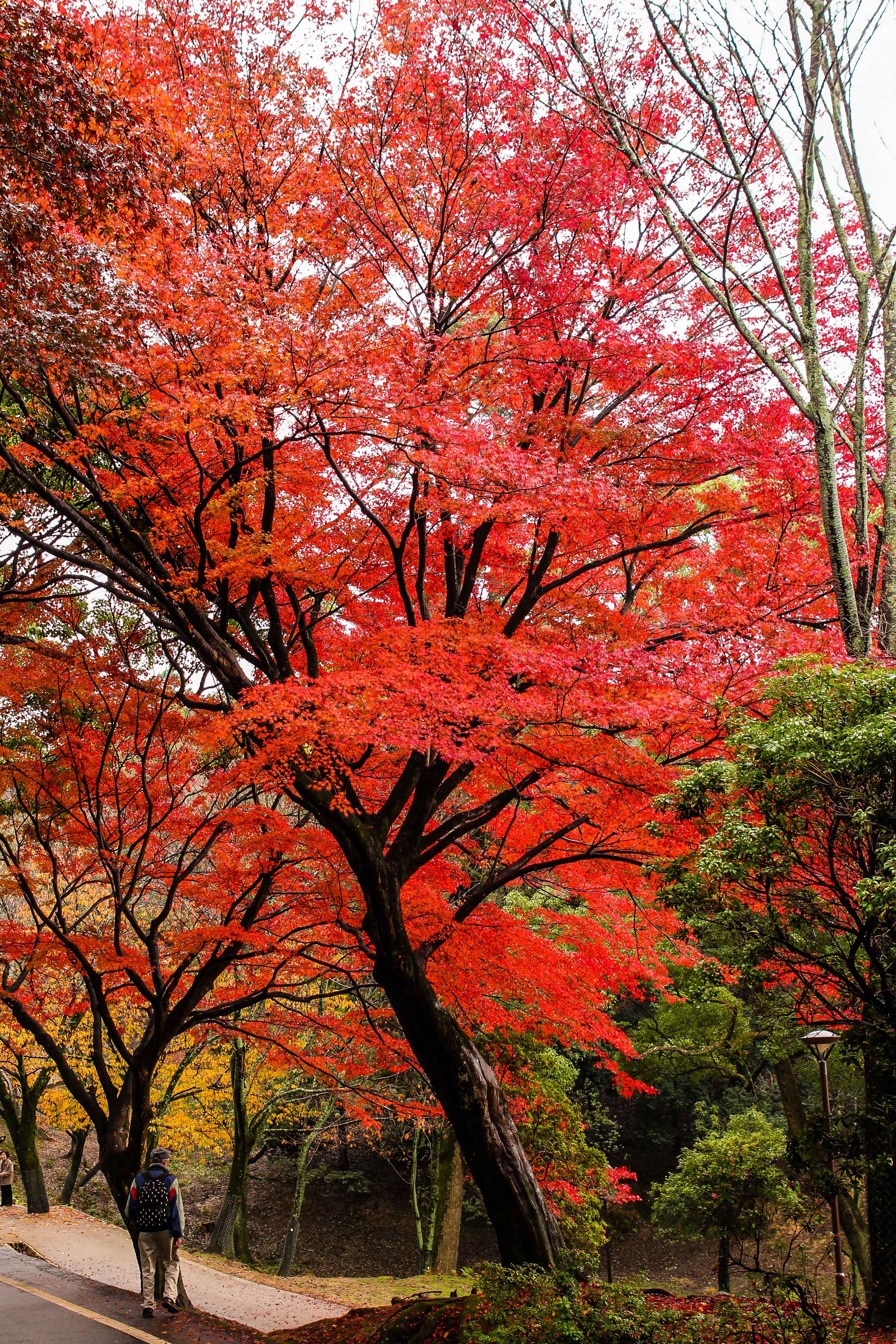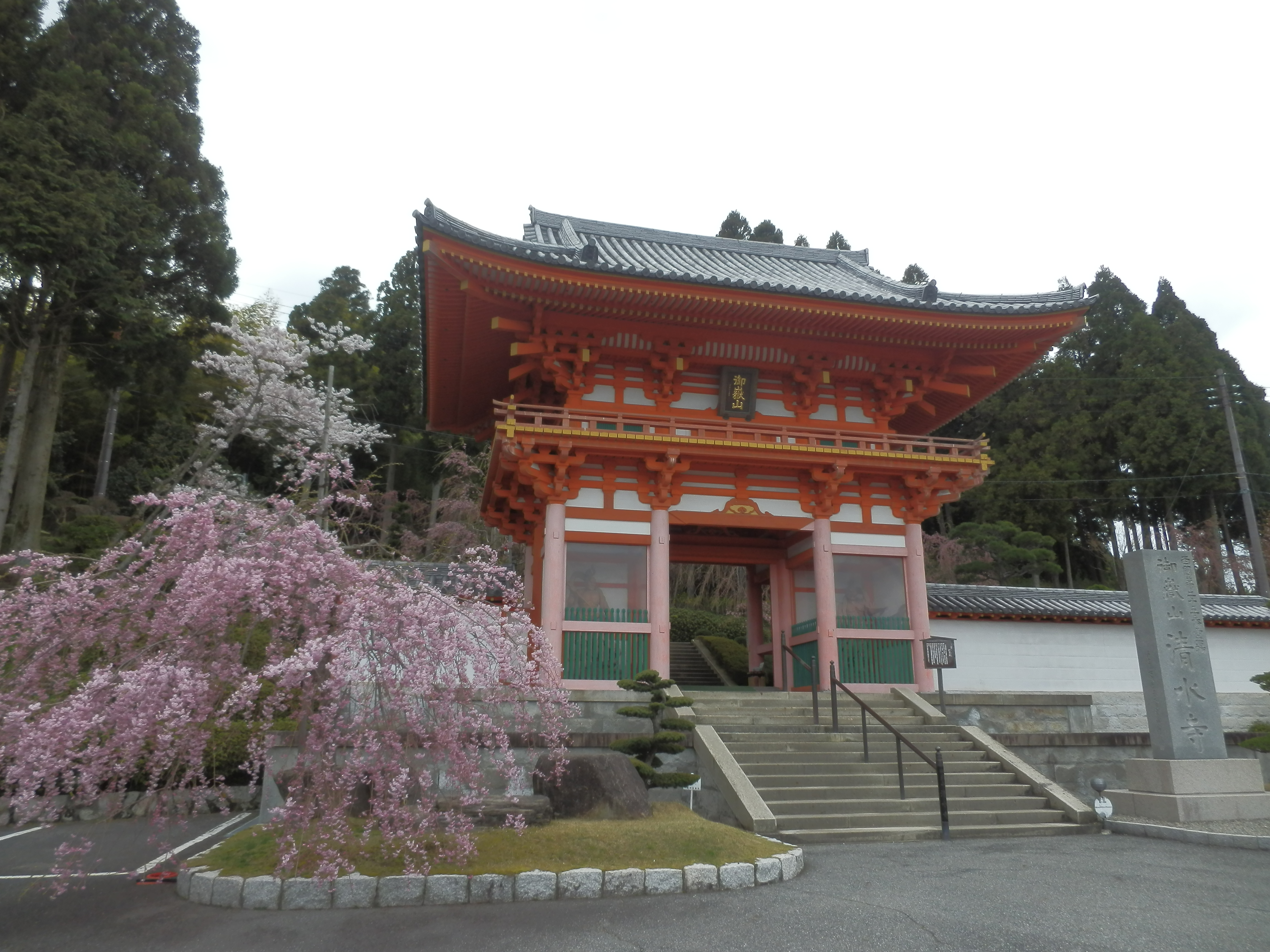Saigoku Kannon Pilgrimage: Nan’endÅ å—å††å ‚
Our next stop along the pilgrim trail is in Nara, temple number nine, known as Nan’endo. Nan’endo is a small octagonal space (in fact, its name means “southern round/octagonal templeâ€), part of the more massive and influential Kofuku-ji complex. Kofuku-ji has been one of the most influential temples in Japanese Buddhism, and Nan’endo has always been the focal point of the esoteric rituals despite its small size.
Nan’endo’s principal Kannon image is Fukukenjaku Kannon (sometimes known as Fukukensaku), which means “Kannon who holds the rope and snare.† She has three eyes and eight arms, and the beast-catching net and fish-catching line in her hands symbolize Kannon’s ability to catch up all beings in order to save them, and the promise that prayers will be answered. This noose-and-net-bearing Kannon is also associated with helping people who are harassed by their more ‘animal’ passions, like anger, gluttony, addiction, and lust; though this Kannon’s principal renown is for keeping the family safe and ensuring the health and long life of one’s descendants (a big deal in Japan, as you need your descendants to conduct the prayer rituals that ensure the peace of your soul once you are dead).
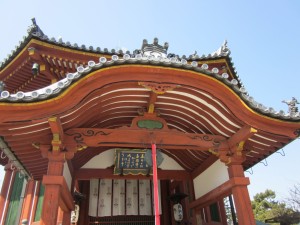
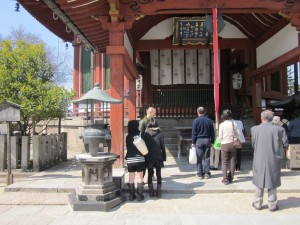 The image was crafted during the Kamakura era by Kokei, father of the famous artist Unkei. Kokei also created the six statues of the Hosso Sect patriarchs surrounding the Kannon image; all seven are National Treasures. The Kannon image is a secret one which is on display only once a year on October 17th. No other temple on this pilgrimage enshrines a Fukukenjaku Kannon image.
The image was crafted during the Kamakura era by Kokei, father of the famous artist Unkei. Kokei also created the six statues of the Hosso Sect patriarchs surrounding the Kannon image; all seven are National Treasures. The Kannon image is a secret one which is on display only once a year on October 17th. No other temple on this pilgrimage enshrines a Fukukenjaku Kannon image.
Nan’endo itself shows a clear Chinese influence in its architectural display; the current building was constructed in 1741 as an exact replica of the original, built in 813 by Fujiwara Fuyutsugu, consecrated by Kobo Daishi on the southwest corner of the Kofuku-ji temple complex. The Hokuendo (or “Northern Octagonal Templeâ€) was originally built in 721 (current iteration, 1210) and is the directional pair to Nan’endo. The statues inside Hokuendo were carved by Unkei, Japan’s ‘Michelangelo,’ and are also National Treasures.
The nokyosho office where you get your pilgrim book stamped and sealed is right next to the little temple dedicated to Hitokoto Kannon. This “One Word†Kannon is connected to Kannon’s power to save you from suffering if you very sincerely utter Kannon’s name only once. It also has to do with Kannon answering prayers that are but one word long.
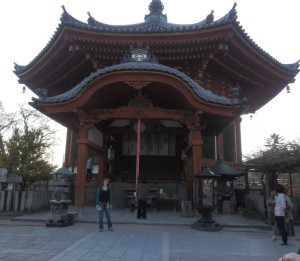 Further afield is the rest of the Kofuku-ji complex, definitely worth a visit. While browsing Nan’endo is free, getting in to the Kokuhokan (museum) will cost you a few hundred yen. Built in 1959, the museum displays some of the multitude of heritage-listed artworks held by Kofukuji. The sublime youthful Ashura is definitely worth a visit, but also of note are the exquisite head of Yakushi Nyorai, the eight patriarchs of the Hosso sect, and the comical goblin lantern-holders Tentoki and Ryutoki. The Tokan-do, or “Eastern Golden Hall†is currently under construction and will be for many years to come, but Kofuku-ji and Nara are worth a visit in spite of this.
Further afield is the rest of the Kofuku-ji complex, definitely worth a visit. While browsing Nan’endo is free, getting in to the Kokuhokan (museum) will cost you a few hundred yen. Built in 1959, the museum displays some of the multitude of heritage-listed artworks held by Kofukuji. The sublime youthful Ashura is definitely worth a visit, but also of note are the exquisite head of Yakushi Nyorai, the eight patriarchs of the Hosso sect, and the comical goblin lantern-holders Tentoki and Ryutoki. The Tokan-do, or “Eastern Golden Hall†is currently under construction and will be for many years to come, but Kofuku-ji and Nara are worth a visit in spite of this.
Broadening out, you can head to the Kasuga Shrine, also associated with the Fujiwara family so closely connected to Kofuku-ji and Nan’endo. In fact, while every pilgrimage temple has a sacred hymn written by Emperor Kazan about a thousand years ago, Nan’endo’s contains a possible play on words:
Haru no hi wa
Nan’endo ni
Kagayakite
Mikasa no yama ni
Haruru usu kumo
This spring day
At Nan’endo
The radiant brilliance
From Mikasa mountain
Trailing a thin veil of clouds
As Cate of Sacred Japan explains, “In the first line, the Japanese characters ‘haru no hi’ (spring day) can also be read as ‘Kasuga’, which is the name of the shrine associated with Kofukuji temple. Because the double meaning is intentional, another way to translate the first three lines is ‘Kasuga shines within Nanendo.’ The clearing of the sky in the last line is symbolic of the mind becoming free of attachments.â€
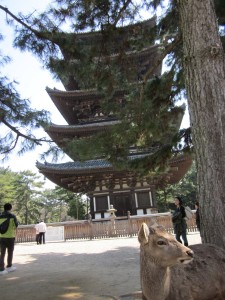 Kasuga Shrine has wisteria in abundance, echoing and expanding the wisteria trellis seen just outside the small Hitoko Kannon temple.
Kasuga Shrine has wisteria in abundance, echoing and expanding the wisteria trellis seen just outside the small Hitoko Kannon temple.
Nara is a bit of a hike from Hyogo, but is definitely worth a day trip. Include Todai-ji and a walk-in-the-deer-park tour of the other historical and religious buildings in the area of this former capital and it is worth an overnight stay. Autumn is a beautiful time to take in the sights of Nara, so take advantage of November (one of the four best months in Japan, in the opinion of this humble writer), and hit the pilgrim trail!
Happy travels,
Photos & words: Emily Lemmon
Information in English on Kofuku-ji, including construction information: http://www.japan-guide.com/e/e4101.html
Kofuku-ji page, English: http://www.kohfukuji.com/english.html


